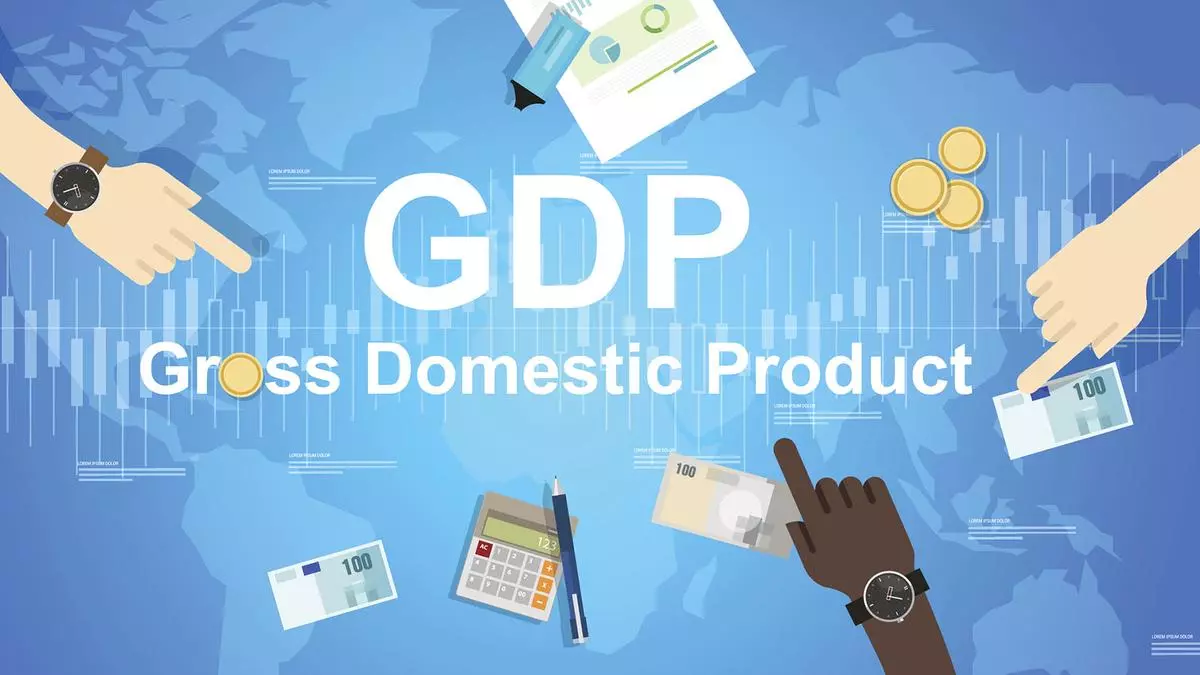The Finance Ministry announced on Thursday a significant improvement in the issuance of tax refunds for the financial year 2024-25.
Between April 1 and November 27 this year, refunds amounting to ₹3.08 lakh crore were issued, marking a 46.31 per cent increase compared to the same period in 2023.
It also stated that at its peak this year, the Income Tax Return portal handled more than 900 filings in a second and nearly 70 lakh ITRs (Income Tax Returns) in a day. This year more than 1.62 crore ITRs were processed in a single day for AY 2024-25.
As the year 2024 comes to an end, the ministry shared the prominent initiatives or announcements it had undertaken this year.
- Also read: India’s upstream policy overhaul, windfall tax removal likely to draw in global oil firms
It said, “Highest filing of ITRs in one day 69.93 lakh ITRs filed on 31st July 2024. 8.50 cr ITR filed till 22.11.24 which is 7.32 per cent higher than ITRs filed for the corresponding period of the preceding year.”
A special initiative was undertaken to address 35 lakh failed refund cases from various assessment years, ensuring refunds were processed for validated bank accounts. This step not only expedited the issuance of pending refunds but also streamlined the overall process.
In the corresponding period last year between 1st April 2023 and 30 November 2023, refunds totalling ₹2.03 lakh crore were issued, reflecting the ministry’s concerted efforts to expedite the process this year. The Central Board of Direct Taxes (CBDT) played a crucial role in achieving this milestone.
Last year the ministry noted that the introduction and enablement of the TIN 2.0 platform have been a game-changer in achieving these results. Over 3 crore refunds were credited using TIN 2.0, with an impressively low error rate of just 0.002 per cent.
- Also read: GDP growth of 6.5-7% for FY25 still feasible despite Q2 slowdown: CEA Nageswaran
The ministry highlighted the importance of these refunds in ensuring liquidity for taxpayers and promoting trust in the tax administration.
The increased efficiency and higher refund disbursement demonstrate the government’s commitment to improving taxpayer services and leveraging technology for enhanced governance.
The significant rise in refunds is expected to provide relief to individual taxpayers and businesses alike, contributing to overall economic activity and compliance.
With the successful implementation of TIN 2.0, the government aims to sustain and further improve its performance in the coming years.








Leave a Comment